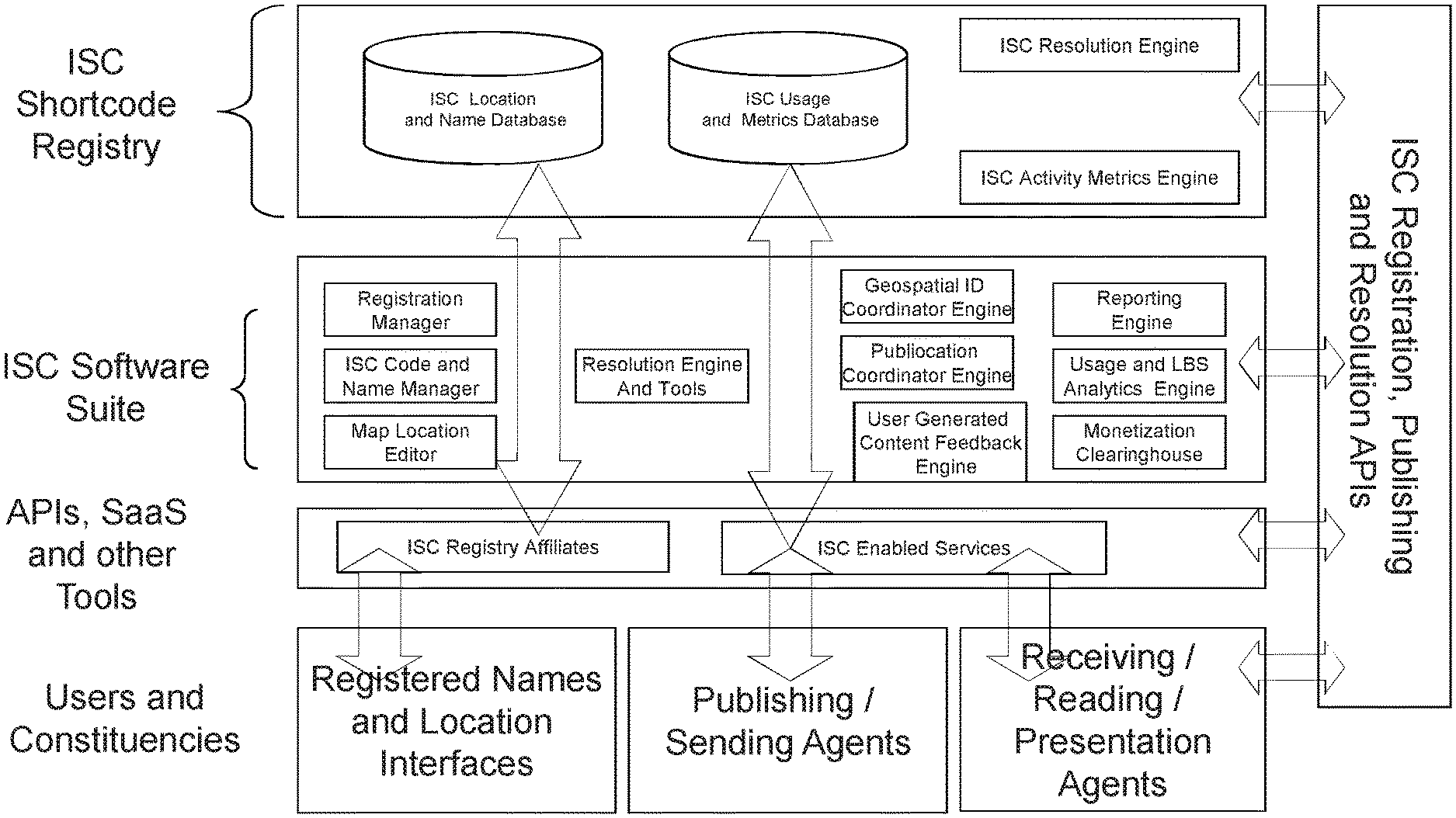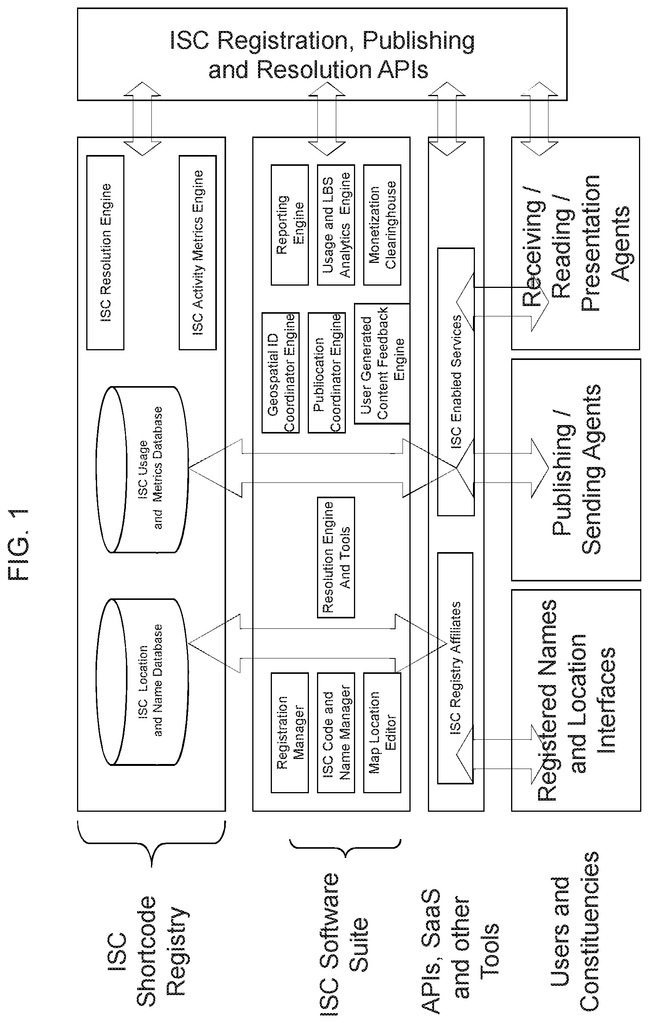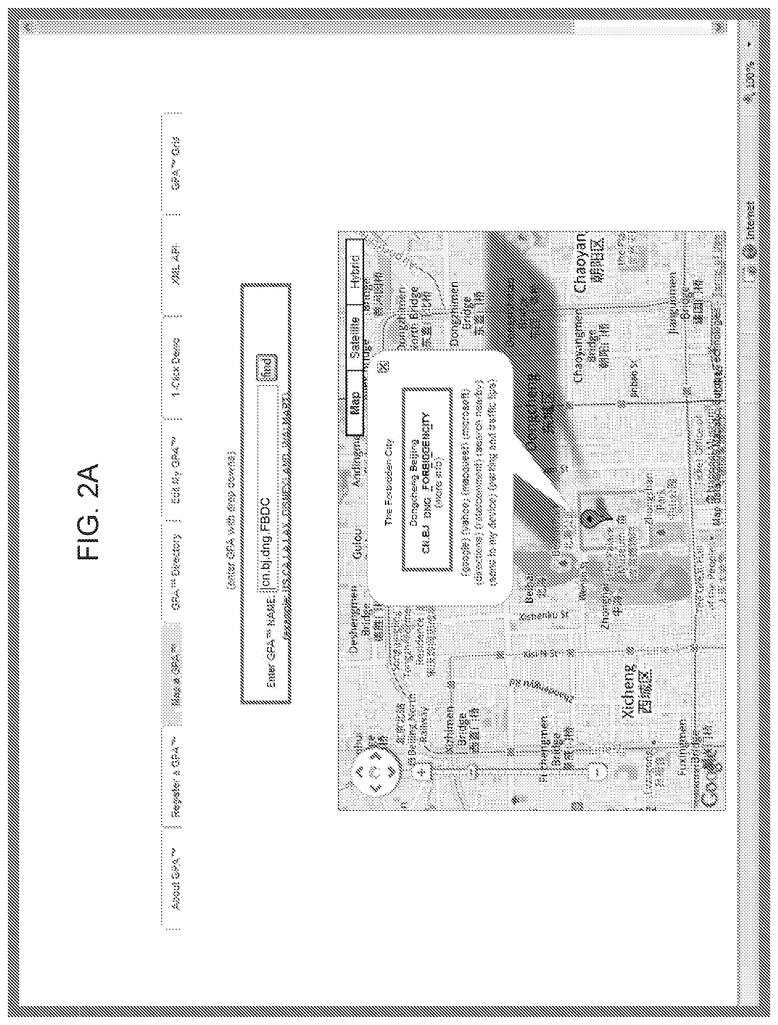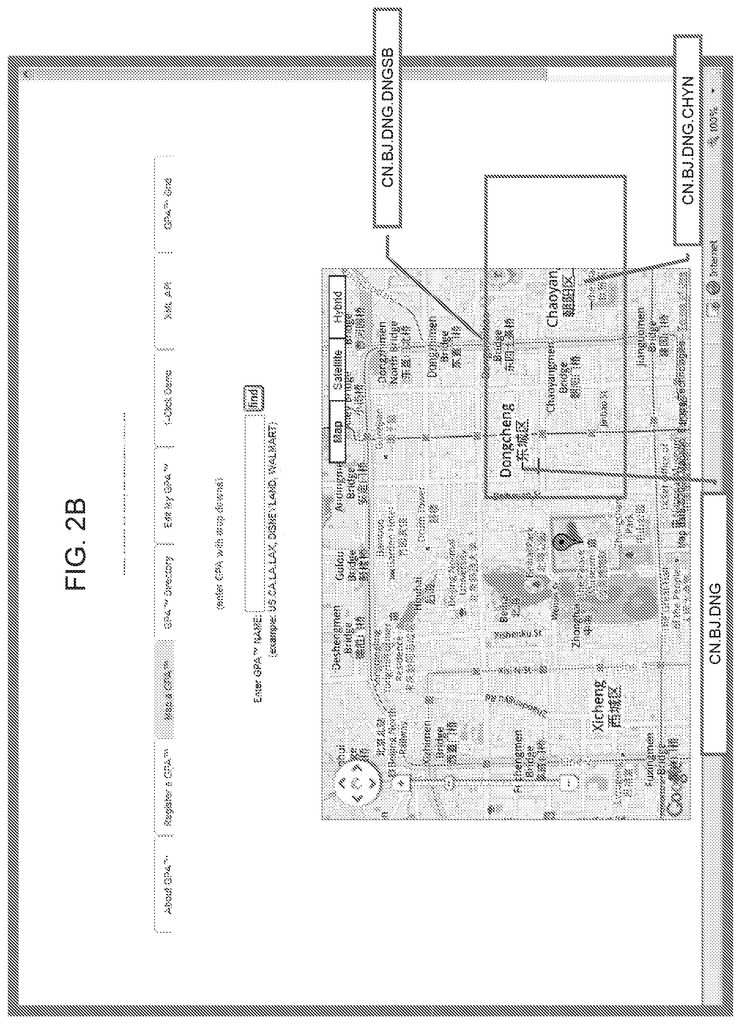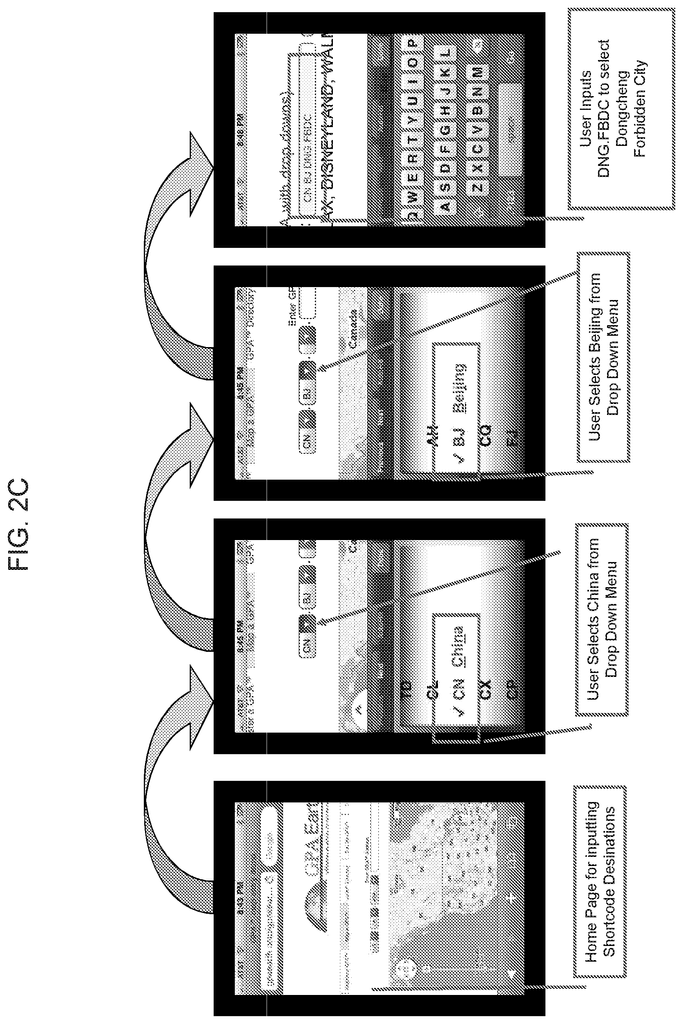Invented by S. Lee Hancock, WGRS LICENSING COMPANY LLC
One of the key drivers of this market is the rise of remote work and virtual collaboration. As more people work from home or from different locations around the world, there is a greater need for tools that can facilitate communication and collaboration across distances. This has led to the development of a wide range of systems and methods, including video conferencing software, collaboration platforms, and messaging apps.
Another key factor driving the market for systems and methods for enhancing electronic communications is the growing importance of data security and privacy. With the increasing amount of sensitive information being shared electronically, there is a growing need for tools that can help protect this data from unauthorized access or theft. This has led to the development of a range of encryption and security tools, as well as systems for managing access to sensitive information.
In addition to these drivers, there are also a number of emerging trends that are shaping the market for systems and methods for enhancing electronic communications. One of these is the growing use of artificial intelligence and machine learning to improve communication and collaboration. For example, AI-powered chatbots can help automate routine tasks and answer common questions, while machine learning algorithms can help identify patterns in communication data to improve decision-making and collaboration.
Overall, the market for systems and methods for enhancing electronic communications is expected to continue growing in the coming years. As more people rely on electronic communication for both personal and professional purposes, there will be a growing need for tools that can help individuals and organizations communicate more effectively and efficiently. Whether through video conferencing software, collaboration platforms, or AI-powered chatbots, these tools will play an increasingly important role in shaping the way we communicate and collaborate in the digital age.
The WGRS LICENSING COMPANY LLC invention works as follows
Systems and Methods are Provided for Enhancing Communications with Electronic Devices. In one embodiment, an electronic device that is enabled disambiguates or enhances terms in a communication, either automatically or on request from a user. This can be done internally or with the help of a remote server or device. This disambiguation and enhancement is achieved by providing additional data based on identity, contexts or histories related to the sender or recipient or the content of the communication. The electronic device (or devices) automatically includes or displays the information in the communication, or does so at the request of either the sender or the receiver. This additional information can be curated continuously, in real-time on the electronic device or server through an iterative, feedback-based process.
Background for Systems and Methods for Enhancing Electronic Communications
The use of digital media to facilitate communication, advertising and information distribution, has changed significantly over the last few decades. This is evident in the adoption of electronic devices to access, view and request information. “But especially short, abbreviated message such as SMS or other text messages.
The new digital ecosystem, which is rapidly evolving, has led to the creation of a number of new electronic communication media between people, such as email, instant messaging, MMS and SMS, social networking and digital chat rooms, in addition to an exponential increase of digital information products and online services. Twitter is one of these services that generates trillions in communications. These include short text messages or images, both on one-to-one and one-to many platforms. The proliferation of abbreviations and keywords, URLs shortened, shortcodes and other techniques, such as those used by Twitter, are a new characteristic of SMS and messaging. Shortcodes are a way to refer to and/or communicate using these services in a minimal number of characters.
Another significant technology development is the capability to quickly determine, use, store, transmit, and retrieve extremely precise location data that is used in a category of goods and service generally known as location-based (?LBS?) services. LBS has rapidly developed into a whole new industry. Or perhaps several industries. It allows for a wide range of LBS applications, products and services to be provided through countless electronic devices, such as mobile phones, personal navigation devices, portable digital media players and in-vehicle devices. As well as online and mobile internet sites, applications, media, and services. These devices and services display information and maps visually, such as advertising, using images, videos, texts, icons, names and other media. Many of these devices are characterized by their small size, portability and smaller screens, keypads and keyboards. This has led to a trend of smaller screen sizes and more efficient input mechanisms.
Despite the proliferation of LBS delivered via digital devices and electronic communication, printed materials and other visual imagery continue to be important media for displaying location-based data. Print materials can include maps, handouts and brochures as well as books, magazines, newspapers, flyers, billboards and posters. It is important to continue using such materials and images, and to develop methods and solutions to facilitate the convergence of interactive print and digital media use by users as well the migration from traditional print to digital media.
There are many LBS services available today, delivered across hundreds of platforms and devices. All of these LBS services include some type of user interface that allows users to interact with images, information, and the device. The reduction in device size and increase in capabilities has created a problem in presenting information on smaller devices, such as mobiles, PNDs and connected watches and jewellery. The reduction in screen size and display presents challenges, which are further exacerbated by an increase in information available to users via LBS, other services and other devices.
While voice, barcode readers, and other alternative communication methods are available on some devices, it appears that the most common form of input and out put for all LBS services is still the physical input of letters, numbers, and the selection of buttons, links, and so forth. Keypads, keyboards or other physical interfaces are used to input data. Many devices feature touch screens but there are still many that require text to be displayed on the screen. There is also a constant need for text entry, typing or selecting words, letters or numbers, names or abbreviations using keypads. In virtually all devices with touch screens, there are digitized keyboards and keypads that facilitate traditional user input. There is still a requirement for features, methods, and systems that can facilitate parsing, interpretation, and brevity of communication, even when voice or other interfaces for input and output are available. This will minimize errors due to background noise, inefficiency of voice recognition systems and language, dialects, accents, etc. Many users and providers choose visual or physical input or output, such as text, images, or lists, even though voice interfaces are more advanced and functional. This is either for convenience, e.g. interaction in a noisy or crowded environment, or due to less obvious, but still significant, obstacles with voice services, such as human auditory recognition and memory obstacles. “One can observe casually how consumers interact with their mobile phones and quickly discover that the majority of interaction and usage today takes place with the keypad and display rather than with voice.
Even if various dedicated devices or services can efficiently handle visual and input/output communication needs in a close interaction loop exclusive between the devices, and users of these devices and service, this efficiency may be greatly diminished when a user wishes to write, speak or otherwise communicate the information to others, and/or a user or another wants to use such information with any other device or service. In many cases, input/output needs to be interoperable with various materials, devices and images.
There are many alphabets, characters and formats, as well as other barriers and differences to communication and interoperability, that need to be minimized or eliminated. According to sources, there are more than six thousand (6,000), languages in the world, as well as dozens of alphabets, scripts, and formats for postal addresses and personal names.
The present invention is directed at systems and methods that facilitate the creation, distribution and presentation of “imbedded Shortcodes”, as well as their use. as defined herein. These imbedded Shortcodes can be used instead of or in conjunction with full, complete, longer words, keywords or URL addresses or physical addresses. They are easy to use, unambiguous and intuitive and do not require additional space. The systems and methods described in this document may be especially helpful when it comes to physical and Internet addresses and location names, as well as the use of structured Shortcodes. This includes abbreviated URLs for Internet locations and/or geographical identifiers or traditional physical addresses. These systems and methods can also be used for virtually any other type of visual presentation or communication, e.g. through emails, one-to-one or one-to many SMS, MMS and/or microblogging messaging services, such as Twitter, or all digital, printed, or other visual media or advertising.
A global shortcode system could be created to enable and encourage the standardization of human-readable Shortcodes for referencing physical and Internet locations and addresses in a uniform manner around the globe. A completely new global physical and Internet address and referencing system that replaces existing systems is difficult to develop and unlikely to be accepted. “What is needed is an internationally recognized Shortcode addressing scheme that is easy to use, remember and is self-effecting. It should also integrate with the existing physical and internet addressing systems in various parts of the world.
The systems and methods described herein include the imbedding, designation integration and/or display, of Shortcodes, within and integrated with a full name, word or URL address or traditional street address or other location address or character string. This includes the names of cities or states, streets or POIs on paper or digital map, products, words or URL addresses that the imbedded Shortcode is associated with. In the context of this document, these imbedded Shortcodes can be referred as an “Imbedded Shortcode”. Or an “ISC” (Inserted Shortcode). “Imbedded Shortcodes can be used to link existing names, addresses etc. but also help to generate awareness about ISCs. They provide a bridge for a more efficient Shortcode system and communication system that is designed to meet current and future technology and usage trends.
Over the past several decades, there have been many efforts to create shorthand characters, abbreviated communication, and improve man-machine interactions, person-to person communications, or person-to machine communications. In recent years some of these efforts were directed towards the new digital age for devices and communication. A number of bar code readers, image viewers, and other tagging systems, as well as identification systems, have been developed. When combined with the appropriate equipment and systems, these systems may be able to facilitate device-to-device communications. These systems are only marginally useful for communications between people or devices not fully compatible or integrated with these capabilities. The methods and systems described in this document can be combined with barcode, image readers and/or other tagging systems and image identification systems for cognitive associations and/or greater interoperability.
The proliferation of SMS text services has led to a large number of abbreviations, shortcodes, and other spontaneous symbols. However, this spontaneity did not lead to any organized system, structure, or method for associating these abbreviations, shortcodes, or symbols with the words, phrases, or communications they are associated with. Although there are some de facto standards among users, they are localized and colloquial. There is also no system that helps publishers (writers) and receivers (readers), learn, understand, remember and/or use these abbreviations or Shortcodes. There have been attempts to create systems that automatically abbreviate words, phrases and sentences. The adoption of these systems is hindered by the need to communicate abbreviations, shorthand, and the systems themselves to users. Any efforts to display both the full words associated with such abbreviations or Shortcodes along with the associated Shortcodes is cumbersome, and there has been no way to communicate both the shortcode/abbreviation and the associated full word or name without presenting both the shortcode/abbreviation and the full word or name, which is contrary to the primary desire to abbreviate the length of the communication. The use of abbreviations or Shortcodes is sufficient to create awareness, but it’s inefficient. It could impede the growth and/or proliferation.
One of the main problems with abbreviations or Shortcodes is that users are not able to remember them, nor can they use them effectively. While it may seem easy to remember two-letter state codes of all fifty (50), it’s unlikely that users outside the United States can remember them. Any method of assigning shortcodes to terms such as cities, streets and POIs is also problematic. There are two major challenges that may arise: 1) making the users aware of such a system and 2) helping them to remember and use it.
The systems and methods disclosed herein may help accomplish these objectives, perhaps even to the point of causing users of various communications and information systems to automatically and subliminally learn and associate the appropriate imbedded Shortcode/abbreviation with the associated full name so that the efficacies of Shortcodes and abbreviations may be more fully achieved on a much broader and massive scale throughout the world. The systems and methods described herein can also facilitate the adoption, usage, and effectiveness of new information retrieval, management, and distribution systems around the world. This is especially true for those systems that are associated with microlocation information, where determining and defining locations could be a barrier to providing localized information.
In the context of microblogging and text messaging applications, due to the desire to reduce the number of characters in messages, services were developed that convert traditional URLs into abbreviated URLs for inclusion in these messages. These abbreviated URLs are short but not human-readable. They are merely links to databases that contain the longer URL addresses to which they refer. They usually consist of a random series of characters and rarely convey any meaningful information to their end users. They are designed to be a short electronic link or Internet Address to access more information. They are not designed to be interoperable in terms of a user being able to write down, remember, or input the shortened URL address into another system or device. It is necessary to create a new type of short address, or Shortcodes that can be read and understood by both humans and computers. They should also allow users to: a.) associate the characters of the Shortcodes with the information they relate to, up to and including the point where the Shortcodes are interpreted; and b.) remember, communicate, input or use the Shortcodes on other devices or systems. The systems and methods described in this document may allow the communication of precise address information, with a hyperlink to ISC EnabledURL Shortened Addresses (as defined herein) using less characters that would normally be needed to describe the location in a message without the corresponding link, effectively allowing for two communications to be included with the message (the description and hyperlink). This can result in a reduction of the number of characters needed to communicate location information, or an increase in characters for other information.
In the context of location based services, physical addresses and other places are one of the most commonly input pieces of information into electronic devices. This is typically done by using a keypad, keyboard, or a selection of numbers and letters. They are usually composed of country names, states, cities and boroughs. Also included may be postal codes, apartment numbers, suite office numbers and street addresses. It can be difficult, time-consuming, and distracting to enter these addresses to choose a destination, or to specify a location for another purpose (e.g. a local search near or in a certain area). In worst-case scenarios, this can create dangerous situations that threaten public safety.
Various alternative location naming systems and designations have been proposed, documented and studied in relation to location-based addresses and services. U.S. Pat. No. 5,839,088, (?the ‘088 patent?) U.S. Patent No. Publication No. Publication No. The entire disclosures of the patent 2005/0283503, which are expressly incorporated by reference herein, teach systems and methods for establishing and using different types of abbreviated addresses e.g., a Proprietary Locational Address (?) As a simple yet truncated system of addressing to complement traditional street addresses and longitude latitude coordinates. In the context of this application, PLAs or ULAs may be considered as a form of Shortcodes which can be found within the penumbra (or outer edge) of the methods and systems described in the present application. They are therefore referred to alternatively herein. These references describe using different Shortcodes. They also include examples of how to display and/or include these Shortcodes with other components, such as map codes or other PLAs and ULAs. These references include examples of how Shortcodes can be displayed on printed and digital maps. They may also contain specific icons to indicate that the character string following the Shortcode is a PLA or ULA. This presentation could include additional information or imagery on the printed or digital map. This may reduce space available for other information to be displayed on the map. The limited space on a map may make it impractical to include both the full names and the Shortcodes for each city, state or POI. This can create confusion and confusion.
One of the potential problems with potential ambiguity is if a specific Shortcode can be associated with an individual full name and if that particular Shortcode can be associated with specific geographic features or points. The problem is that it’s easy to mistakenly link a POI or geographic feature with the full name and then incorrectly link the Shortcode. Cartographers and software developers who want to use Shortcodes in maps must consider both the benefits and drawbacks, as well as the flags, triggers, and other indicators used to identify Shortcodes. These considerations could be a major impediment in the adoption and usage of Shortcodes on physical and digital maps. This would reduce their availability in mobile phones and other portable devices, where they may improve usability, efficiency, and safety.
The use of Shortcodes can cause confusion and ambiguity on maps. For Shortcodes, it’s important that they are displayed visually, so users can see, understand, use and/or learn and remember these codes for future use.
Digital maps have a few unique features that are increasingly being used on mobile phones, the internet, and other electronic devices like PNDs. Digital maps can be viewed at different scales, such as zoomed-in and zoomed-out, ranging from an entire country or globe (such as Russia) down to just a few homes on a single street. This substantial variation in scale (which is also applicable to different-scaled printed maps, except that the variable scaling capability is absent) has the paradoxical effect that the more landmass that is shown on a map, the greater the amount of information that can be presented, but that the available space to do so is smaller. Satellite imagery is readily available, and houses, buildings and virtually any other feature can be displayed in these images. This increases the number of human-identifiable features exponentially. The space that is available for displaying any names, links, or Shortcodes may be occupied by efforts to identify or label these many features. This can further hinder the use of Shortcodes and names. Some information, such as that which is critical to the overall appearance of the map is presented. This leaves little space for names, Shortcodes and/or other designations.
Click here to view the patent on Google Patents.
